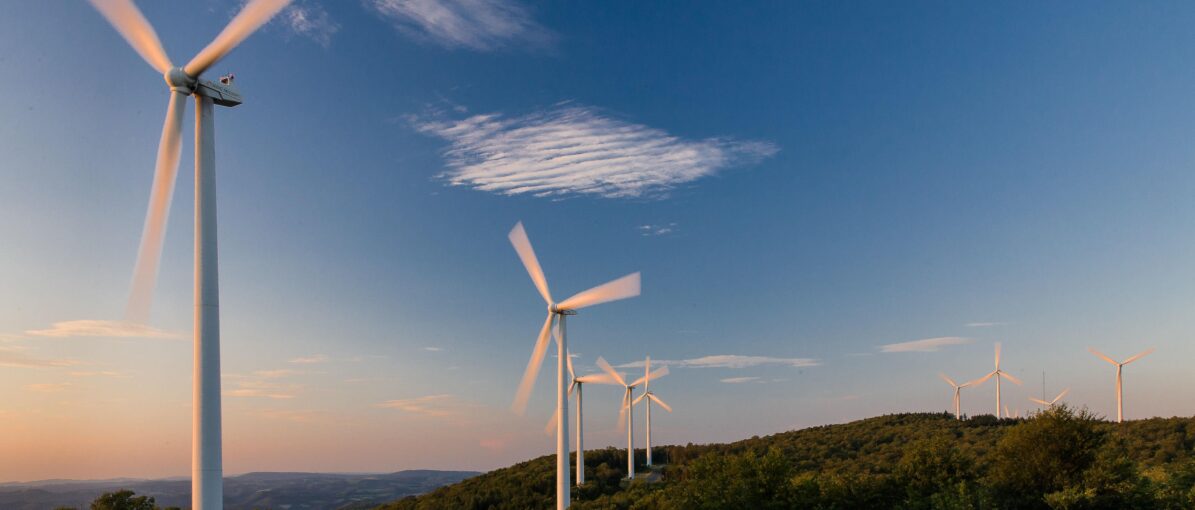Utilizing fossil fuels to sustain our energy infrastructures constitutes 75% of global greenhouse gas emissions. Specifically, the transportation and processing of oil and gas yielded 5.1 billion tonnes of emissions in 2022, representing nearly 15% of the total emissions from the global energy sector.
Asia, notably China, stands out as a significant contributor, being both the largest producer and consumer of energy worldwide. While coal dominates the energy supply in Asia at 48%, oil follows at 23%, and natural gas at 11.6%. Asia also holds a substantial share in global oil refining at 38%.
Despite its heavy reliance on fossil fuels, Asia demonstrates a noteworthy commitment to renewable energy. As of 2021, the International Energy Agency (IEA) reported that hydro, wind, and solar sources collectively generated 23.5% of the region’s electricity, surpassing the combined contribution of oil and gas at 11.8%.
China, along with Japan and Korea, plays a pivotal role in clean energy supply chains, with comprehensive decarbonization strategies underway.
However, the diverse landscape of Asia necessitates tailored approaches to energy transitions. While some regions, such as China, acknowledge geopolitical influences on clean energy transitions, others like Thailand, Hong Kong, Taiwan, Japan, and Korea perceive less impact.
Geographical factors also shape the clean energy landscape. For instance, Hong Kong’s limited space for wind and solar projects underscores the importance of exploring alternative avenues like procuring clean energy and supporting renewable energy ventures.
Learn more here: https://atradius.ca/reports/industry-trends-clean-energy-transition-oil-and-gas-asia.html











